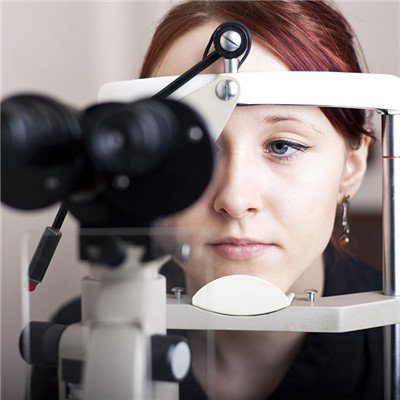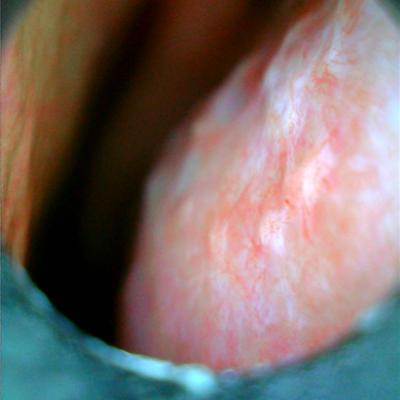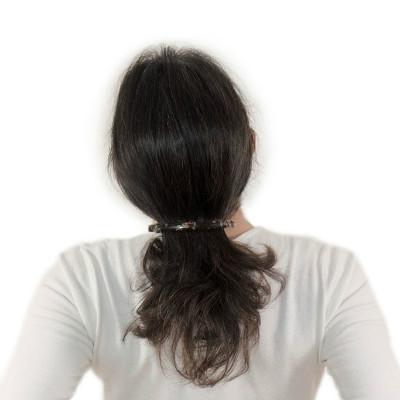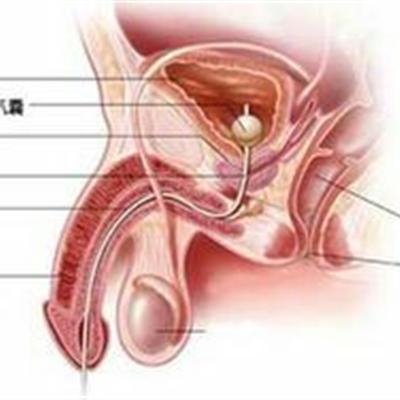Recurrence symptom statistics of nasopharyngeal carcinoma after radiotherapy?
summary
I believe nasopharyngeal carcinoma patients and their families have learned from doctors that the best treatment for nasopharyngeal carcinoma is radiotherapy, which brings great pain to patients. Therefore, many patients hope to get rid of nasopharyngeal carcinoma and recover after radiotherapy. So what is the recurrence rate of nasopharyngeal carcinoma after radiotherapy? Let's talk about it now.
Recurrence symptom statistics of nasopharyngeal carcinoma after radiotherapy?
Patients with nasopharyngeal carcinoma should be followed up regularly after radiotherapy. According to research, the time of local or neck recurrence of nasopharyngeal carcinoma after radiotherapy is mostly concentrated in two years after radiotherapy. The recurrence rate is especially high in the first year after radiotherapy, and it is very low in more than five years. Therefore, intensive follow-up should be conducted within two years after radiotherapy.
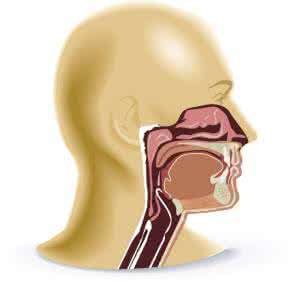
Some materials show that if nasopharyngeal carcinoma can be found and treated early, the cure rate of early nasopharyngeal tumor is more than half. Even in patients with advanced nasopharyngeal tumors, as long as they are treated, one third of them still have a survival chance of more than five years. However, because the nasopharyngeal cavity is located behind the nostril and above the oropharyngeal cavity, the part is very shady. Therefore, the early performance is often not obvious and will be ignored. People with the following performance need to be alert: stuffy nose; Blood in the nose; Tinnitus and hearing loss; Visual impairment; Headache, facial numbness and difficulty in opening mouth; A mass in the mastoid region behind the ear; Difficult to swallow, etc.
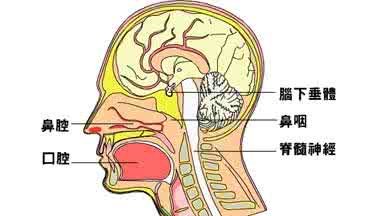
Nasopharyngeal carcinoma is difficult to be found in the early stage. Among the head and neck cancers, nasopharyngeal carcinoma is the most common in China, especially in Guangdong. From 1964 to 1982, 159396 cases of malignant tumors were treated in a famous cancer hospital. Among them, 51103 cases were nasopharyngeal carcinoma, accounting for 32% of all malignant tumors? That is to say, 1 / 3 of the malignant tumor patients in our hospital are nasopharyngeal carcinoma. The incidence rate of nasopharyngeal carcinoma is so high that the early diagnosis rate is very low. Among the patients with nasopharyngeal carcinoma, 5% of them were in the first stage of treatment 30 years ago. In the past 30 years, the therapeutic effect of nasopharyngeal carcinoma has doubled, but the diagnosis rate of the first stage of nasopharyngeal carcinoma is still only 5%. Now, all the head and neck cancers, including nasopharyngeal carcinoma, have two characteristics: first, the head and neck cancer is stubborn, and the recurrence rate is as high as 50%, Second, it is difficult to find out in the early stage. 75% of the patients were in the late stage when they first visited the hospital, 60% of them were in the late stage, and 15% of them were in the late stage with attack and metastasis.
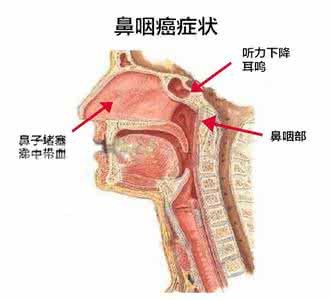
matters needing attention
Because patients with nasopharyngeal carcinoma are affected by their diseases, they have heavy psychological burden, poor appetite and low resistance, so we should guide their families to encourage patients to eat, and give them high protein, high vitamin, low fat and digestible food. Such as beans, milk, fungus, carrots and so on. At the same time, guide the family members to create a clean and comfortable eating environment for patients, pay attention to color and fragrance, provide delicious food for patients, and provide rich nutrition for patients.



